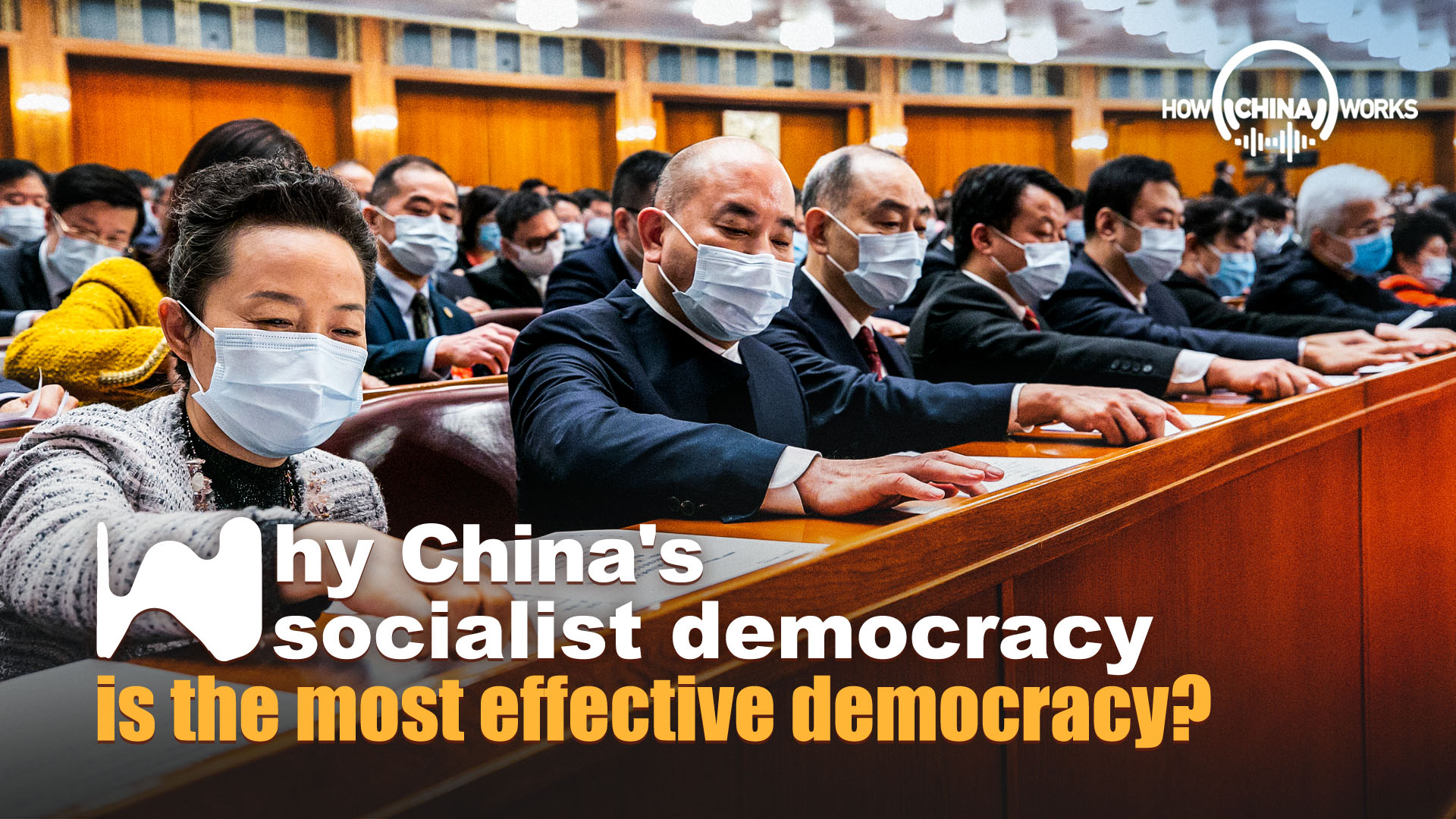
Per capita GDP (current prices US$, PPPs)Įarly school-leaving rate (% of population 18-24) The three Socialist governments since 1986: basic indicators in the last year of their administration except for that of Pedro Sánchez (the latest available) (1) Popular Alliance (AP) until the 1989 election, when it became known as the Popular Party (PP). Results of general elections, 1982-2019, for the Socialists and Popular Party (% of total votes) (1) Since 1982 they have been in power during 25 of the past 40 years, alternating with the Popular Party ( Partido Popular, PP) as the PA later became (see Figures 1 and 2).įigure 1.

Today, the Socialists in a minority coalition government with the hard-left Unidas Podemos (the first since the Second Republic in the 1930s) have 120 seats. The 10.1 million votes cast for them on 28 October (48% of the total and 202 of the 350 seats in parliament) were almost double those for the conservative Popular Alliance ( Alianza Popular, AP) and compared with just four seats for the Spanish Communist Party (PCE), t he main opposition to the Franco regime during which the Socialists barely existed. Spain began to be profoundly transformed 40 years ago last month when the Socialists ( Partido Socialista Obrero Español, PSOE), led by Felipe González, won a sweeping victory at the general election on 28 October under the catchy slogan Por el cambio (‘For change’), which perfectly caught the nation’s mood. Spain started to be changed beyond recognition after the Socialists’ victory in 1982, but pressing issues remain.


 0 kommentar(er)
0 kommentar(er)
